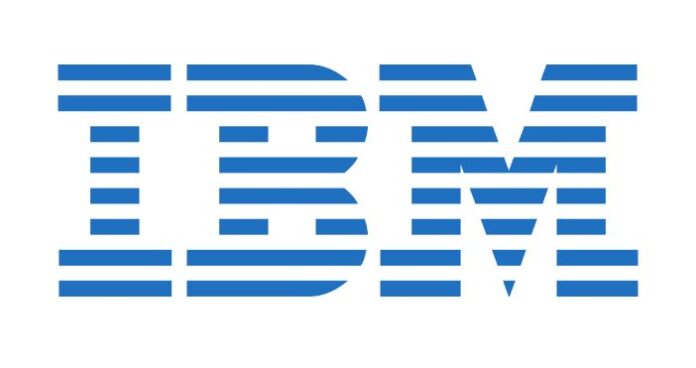IBM premieres Agile Lifecycle Manager version 1.2
IBM recently deployed Agile Lifecycle Manager (ALM) version 1.2, which provides a design, test and automated deployment platform to address technical challenges anchored to network functions virtualization (NFV). According to the company, IBM ALM v1.2 enables automated operating by managing the end-to-end lifecycle of virtual network services (VNFs).
NFV refers to the decoupling of software from hardware. It allows service providers to run network functions, such as firewall and encryption, on virtual machines. Whenever a user requests a new network function, a service provider can spin up a virtual machine to perform that function automatically. The automation aspect of NFV allows network administrators to spend less time overseeing data centers, reducing capital expenses (CAPEX) and operating expenses (OPEX) as a result. According to a report published by research firm Technavio, the global NFV market is anticipated to enjoy a compound annual growth rate (CAGR) of about 33% by 2020.
According to IBM, a lifecycle manager is needed to automate changes to the VNF lifecycle. The company said IBM ALM v1.2 leverages lifecycle application program interfaces (APIs) to automate the lifecycle management of VNFs, helping DevOps teams — the combination of developers and operations teams — to provide NFV-based services in return.
IMB reports ALM v1.2 includes three core capabilities, including continuous integration and deployment, intent-driven operations and a resource management framework. The intent driven operations are intended to automate the management of the end-to-end service lifecycle process. The resource management framework is intended to provide open integration of external virtual and physical resources with other complete services. And continuous integration is intended to provide design and on-boarding of external resources into production services
Among the key differentiators of ALM v1.2 include: a standard lifecycle model that automatically manages VNFs; VNF and service assembly to create VNFs and services quickly; and VNF building blocks, which package third-party VNF software into service building blocks that can be tested for performance to reduce errors.
Taking place next to the premier of ALM v1.2, IBM recently noted a new partnership with global leading Network-as-a-Service (NaaS) provider Megaport Limited. As part of the collaboration, Megaport will provide direct connectivity to IBM Cloud Direct Link, a cloud service made to secure and boost data transfer between private infrastructure and IBM Cloud.
“Enterprises have moved well past using the cloud simply for cost-savings, and are now embracing higher value cloud-native services to create new business opportunities,” said Kit Linton, vice president of network, IBM Cloud. “Megaport is enabling direct connectivity to IBM Cloud Direct Link to provide a reliable way for global enterprises to expand their reach, drive innovation and embrace a cloud strategy that seamlessly connects public and private infrastructure.”

